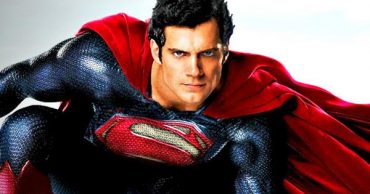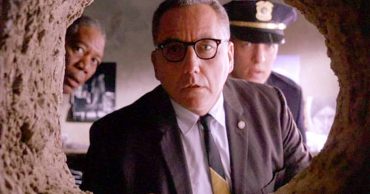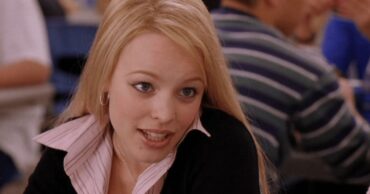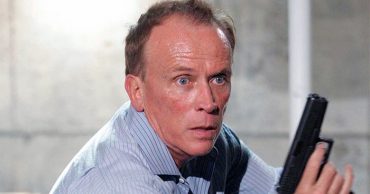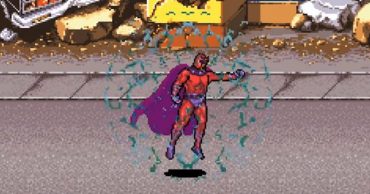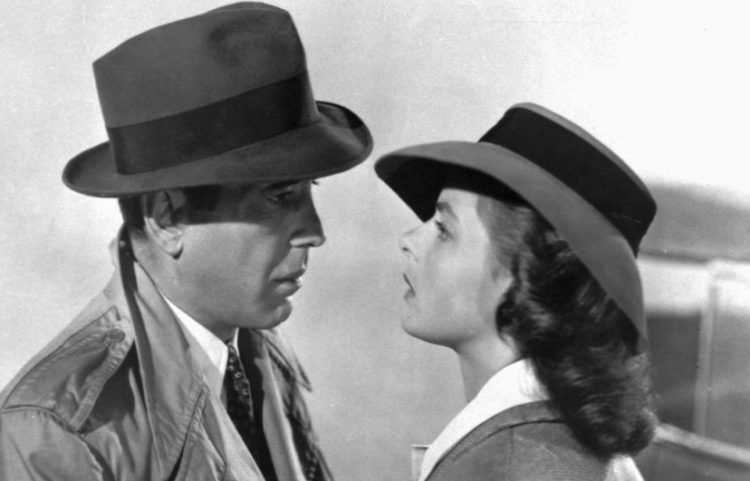
Bars can provide a lot of things to a lot of different people. They offer the opportunity to make friends, potential lovers, and create a sense of community. Additionally, depending on the type of bar, it is a place to get away from the rest of the world, drink your sorrows away and try and forget any other impending pressures. In this respect they can either drastically improve your life, or allow you to sink deeper into your own misery. They can be upscale swanky places, with cocktails that use the rarest bitters, to smoky dive-bars, where people drink their whisky neat and beer is only $2. It all depends on what kind of story you’re trying to tell.
Because of these inherently cinematic properties, bars have long been used in films. Some films even use the setting of a bar to tell a majority of, or even all, of their story. With alcohol the great social lubricant, their close-quarters mean that social interaction is inevitable, allowing us to get a wide-ranging look at society and culture itself. To celebrate bars in films, we have rounded up five essential films that are set mostly around just one bar.
From Dusk Till Dawn
When it comes to apocalyptic narratives, bars are usually used as places to hide away – think The Winchester in Shaun of the Dead. In From Dusk Till Dawn however, written by Quentin Tarantino and directed by Robert Rodriguez, when fugitive bank robbers Seth (George Clooney) and Richie (Tarantino) escape across the Mexican border to a strip club called the Titty Twister, the patrons are revealed to be vampires!
As the title suggests, the rest of the film takes place over a very long night at this bar, which is choc-a-bloc with strange decorations. The classic trope of the barroom brawl is played out here for a longer than the usual time, the Titty Twister itself later revealed to be the location of a partially buried Aztec Temple. Coming in the middle of Tarantino and Robert Rodriguez’s most fruitful eras, From Dusk Till Dawn is seen as neither filmmaker’s best film, but the bar itself is one of the most memorable in film history.
Coyote Ugly
Named after the original Coyote Ugly Saloon open in New York in 1993, Coyote Ugly tells the story of an aspiring songwriter from New Jersey who gets a job in a NYC bar to get by, before becoming an accomplished table dancer. This is a classic bar with no pretensions – no wine and just straight drinks, although they can be poured directly down the lecherous men’s greedy mouths.
The film itself may be quite rote, especially the way it balances unearned seriousness with surface-level silliness, but the bar itself is a thing of wonder, even setting on fire a few times. While a complete critical failure, the film’s commercial success is quite accomplished, making over $100 million worldwide. Furthermore, despite the sexist patrons of the bar, the fact that it is run by women has led it to being reclaimed as a slyly feminist text, with Support The Girls, set in a breastaurant like Hooters, indebted to its mixed legacy. Additionally, after the film was released the Coyote Ugly franchise expanded rapidly. Now they have bars all the way from Oklahoma City to Yakaterinburg, Russia to Bishkek, Krygystan to Japan.
The Golden Glove
Set in a twenty-four seven pub in Hamburg, which is remarkably still open today, The Golden Glove is a nasty, scabrous satire of the worst aspects of German culture. It tells the real life story of Fritz Honka (Jonas Dassler) who would regularly attend the eponymous pub in order to pick up women, take them back to his apartment and then kill them.
The serial killer film was received upon its release, especially by American critics, as too disgusting to touch. Nonetheless, while it is by no means an easy watch, Turkish-German director Fatih Akin uses these terrible moments to satirise the complacency of post-War Germany. At the centre of it all is the disgusting smoking pub, with cheesy German music on the jukebox and patrons who can barely string two sentences together. While it looks like this might be a place with very cheap drinks, you enter there at your own peril.
Trees Lounge
An exploration of alcoholism that is alternately bittersweet and deeply sad, Trees Lounge marked the directorial debut of Steve Buscemi. He also stars as an alcoholic in the movie, who starts the film in the eponymous lounge waking up from a seriously heavy session. This is a man whose life is lived behind the bottle, believing that if only X or Y could change then he could stop drinking.
Acclaimed to be one of the most accurate depictions of full-time alcoholism there is, it was based on Steve Buscemi’s life before he started acting. Everything revolves around the Trees Lounge bar, which is the very definition of an old-school boozer; capturing both the glamorous moments and the deep wellspring of pain they mask, you can’t find a better depiction of drinking than this.
Casablanca
Bars not need be just places to drink or meet with friends. They can be active places for the resistance. This is the dilemma that Rick’s Cafe in Casablanca finds itself in. Part meet up place for dissidents, as well as established members of the Nazi party, while also maintaining its gambling den culture, Rick’s Cafe represents a microcosm of Casablanca society during WW2.
Rick Blaine himself (Humphrey Bogart) maintains that his position is completely political. He just owns a bar. But when Ilsa Lund (Ingrid Bergman) turns up asking for Rick’s help, the antihero decides that perhaps he can use his power for good. The rest of the film is a well-known, incredibly enjoyable experience, featuring some of the most iconic lines committed to film. In terms of bar scenes, you can’t do much better than the Marseillaise scene, in which French patriots drown out Germans singing nearby.
 Follow Us
Follow Us
